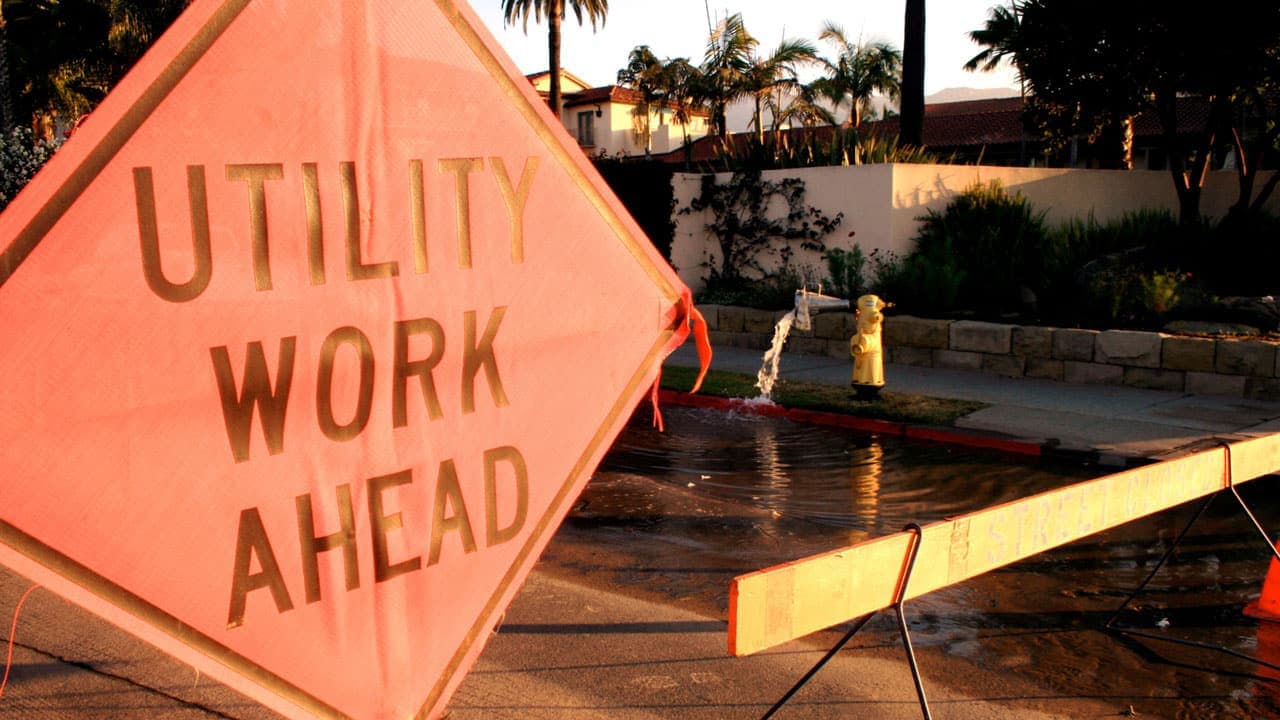Locators of utility lines use a range of equipment to complete their work. Depending on the work to be done and the type of utility that needs to be located, locators choose which tools to use for utility locating. A reliable utility location method prevents hazardous utility strikes among excavation crews and the surrounding communities.
There are a variety of tools used for detecting underground cables. Located tools are used for specific purposes and come with some limitations as well. Radars, electromagnetic utility locators, and APLs are the most popular tools for detecting underground utilities.
Common Methods For Underground Utility Location
It is possible to locate a buried utility line using a variety of methods and techniques. Before choosing a locating method, you need to gather as much information about the job site as possible, as well as any mapping information that’s available.
Electromagnetic Utility Locating
Emitting electromagnetic waves is one of the most common methods of locating private utilities.
A metallic field is created using electricity for the purpose of detecting underground cables using these tools. There are two components to the electromagnetic utility locator, the transmitter and the receiver. Electrified cables are connected to the transmitter through electric current transmission.
Early nineteenth-century discoveries gave rise to a profound understanding of electromagnetic induction. Within a generation or so of the turn of the century, electromagnetic induction had been used to locate hidden cables. Electronic cable and pipe locators have advanced to the point where they are portable, accurate, and reliable. Pipes and cables are found underground using these devices.
Ground-Penetrating Radar
Another method of locating underground utilities is utilizing Ground-Penetrating Radar (GPR). An operator transmits radio waves onto the ground, which are reflected back up to the equipment, where they display objects on a screen. GPR was originally developed in the 1930s for measuring glacier thickness. In the 1960s, 1970s, and ultimately in the mid-1980s, hardware and software made significant technological advancements.
Modern Utility Locating Technology
The increased demand in locating utility services demands and increasingly complex utility grids with many intersecting lines have put additional pressure on scanning tools to provide accuracy and depth. Electromagnetic scanning technology became more advanced and featured as new features and advancements were introduced.
Utility scanning and locating are often carried out by electromagnetic induction scanning throughout the world without causing any damage to the utilities. Repairing utility lines, cabling, and fiber optics, displaying key archaeological locations during excavations, and mapping construction sites for safe excavation are just a few of the applications.
As a result of these technological advances, GPRS has been training on and utilizing the most advanced electromagnetic scanning tools for locating private utilities. Utility scanning and locating services by GPRS continue to be among the best in the industry for construction and excavation crews across the country.
Whenever you require expertise in locating and scanning infrastructure, contact Util-Locate! To locate and map underground utilities efficiently, our team consists of highly skilled professionals using GPR. We at Util-Locate can assist you with private utility locating. Please contact us at 888-885-6228 for more information.

